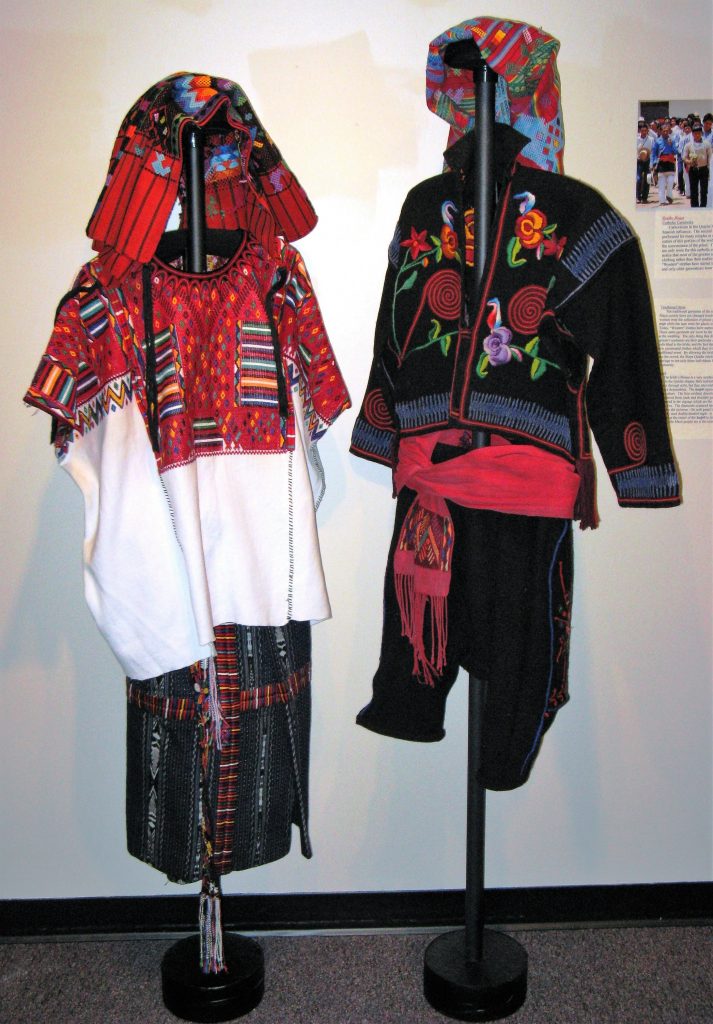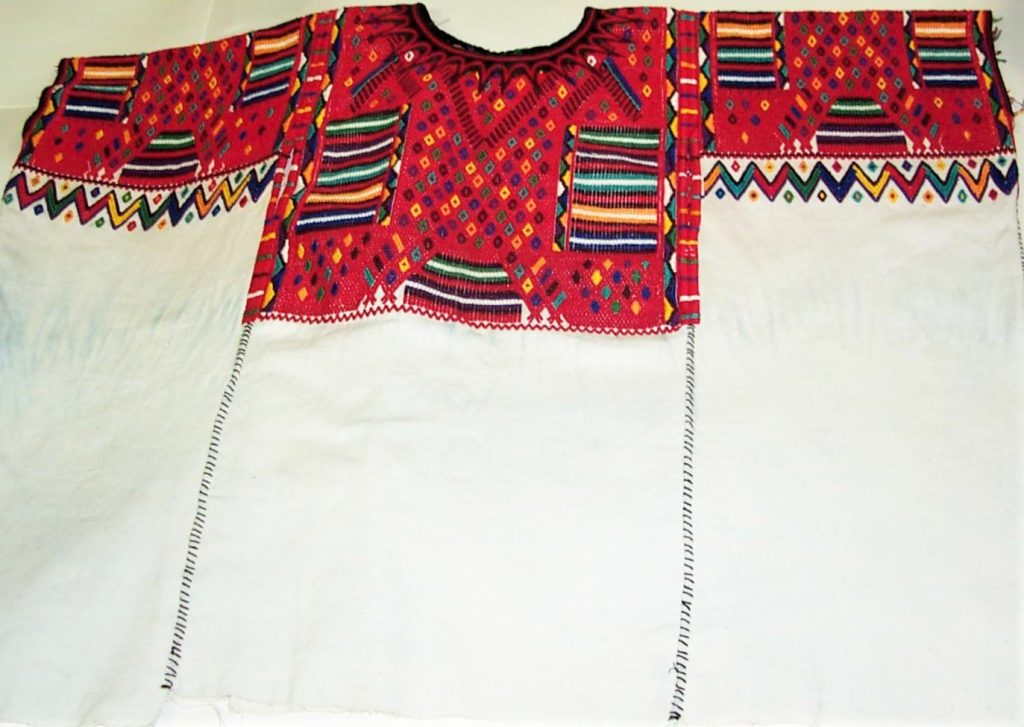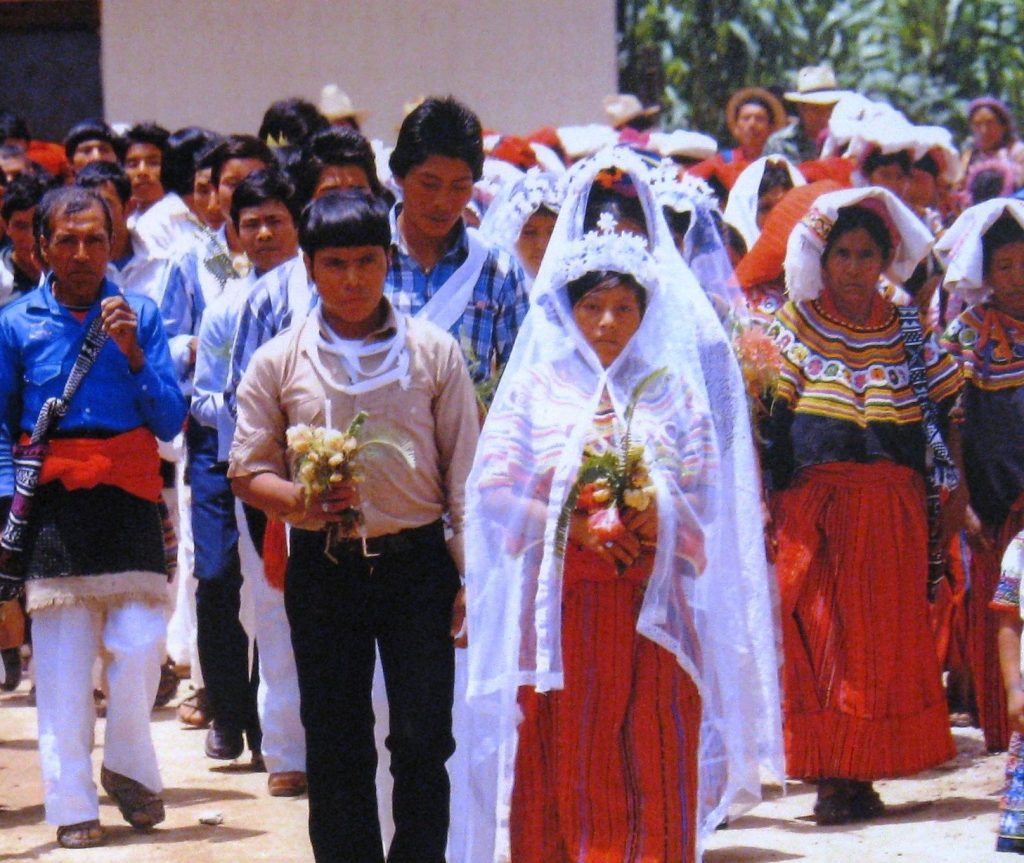K’iche’ Maya
The K’iche’ Maya live in the midwestern highlands of Guatemala and are one of the largest Maya groups. Although they still practice their traditional Maya religion which is centered on maize, Catholicism inherited from Spanish colonialism is mixed into their culture and its practices.
Before a couple can get married, they must go through a one-year engagement during which the bride-to-be makes tchaweg, or one-week visits to the bridegroom’s home where the couple gets to know each other under the supervision of his parents. Once the year ends, the couple goes through three wedding ceremonies, one for each part of their culture.
- A civil ceremony in which their marriage is certified by the state
- A traditional Catholic wedding
- A traditional wedding, or c’ulnem where the couple is married by a Maya shaman or c’ulel. In this ceremony, the bride and groom each have padrinos, or sponsors, similar to a best man and maid of honor and representing both genders. The entire community gathers at the wedding fiesta, where the bride and groom kneel before their guests and relatives to receive advice. The c’ulel wraps the bride and groom in a large silver chain to represent the circle of family bonds. Meanwhile the bridal couple recites this prayer: “Mother Earth, may you feed us. We are made of maize. Father and Mother, Heart of the Sky, may you give us light, may you give us heat, may you give us hope and punish all those who wish to destroy our ancestors.” Following the prayer, the community begins the celebratory meal.

Traditional Dress
The traditional garments of the men and women in K’iche’ Maya society have not changed much over the centuries. The outfits shown here are worn by the bride, groom, and all guests at the wedding. The only thing that differentiates the bride and groom’s costumes are their particular embroidery style which is individual to the bride, and the fact that they will get married in brand new ceremonial clothes which they will then use for any other ritual events. By allowing the bride and groom to almost blend into the crowd, the K’iche’ Maya reinforce the importance of this marriage to not only these individuals but also the entire community.
Huipil
The bride’s blouse is a very symbolic piece of clothing. Not only do the K’iche’ display their individual and communal identity through style, but they also embody their cultural beliefs as Maya people. The huipil represents the cosmology of Maya. The four cardinal directions appear through the embroidered front, back, and shoulder panels. The natural world is represented in the zigzags which are the mountains on which the K’iche’ live. The diamonds scattered throughout the design symbolize the universe. On each panel is the ancient symbol of the double-headed eagle, representing the Great God with two faces, one looking towards good and one towards evil. A sun motif encircles the head hole at the center of the huipil to imply that the bride, and therefore, the Maya people are at the center of the universe.


Catholic Ceremony
As a result of the Spanish conquest, Catholicism has been incorporated into K’iche’ Maya culture. A Catholic wedding ceremony is often performed for many couples at once due to the expensive nature of this portion of the wedding process and often for the convenience of the priest. The white veils you see here are only worn for this Catholic ceremony. You may also notice that most of the grooms are wearing Western clothing rather than their traditional costumes. Today, Western clothes have started to replace the groom’s outfit, and only older generations wear their ceremonial garments.

